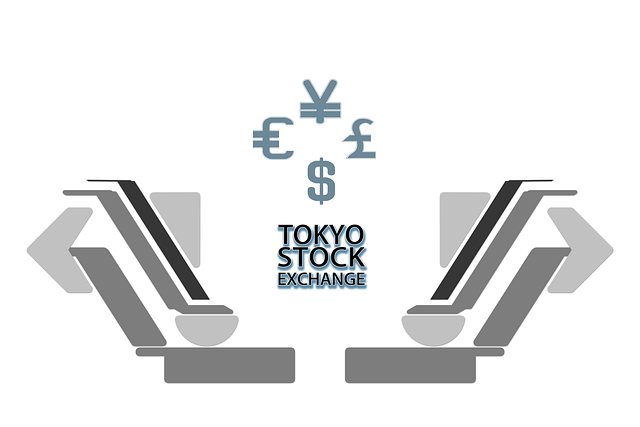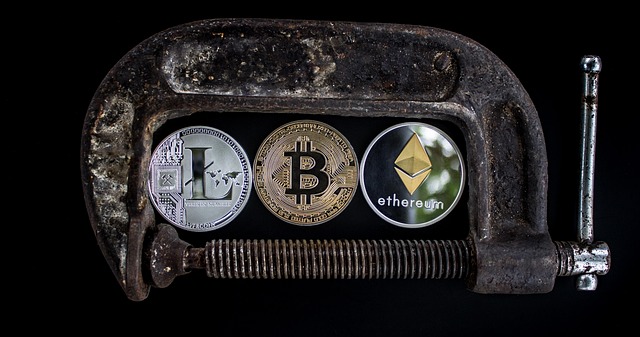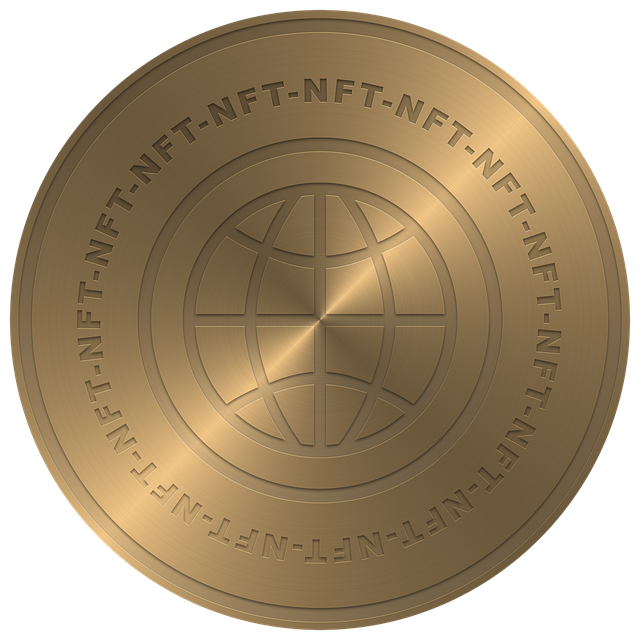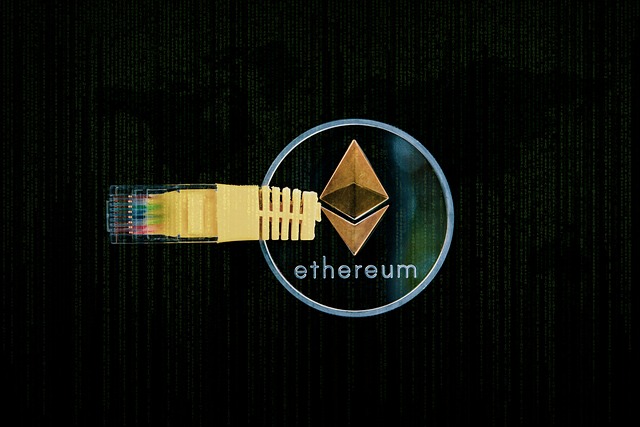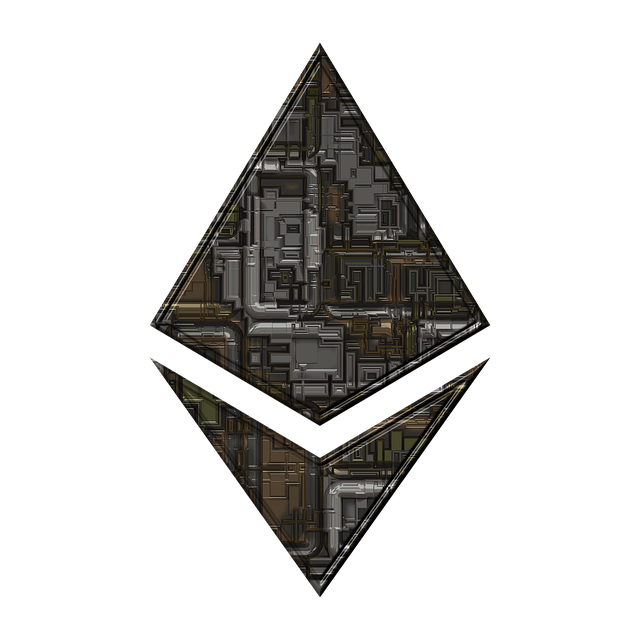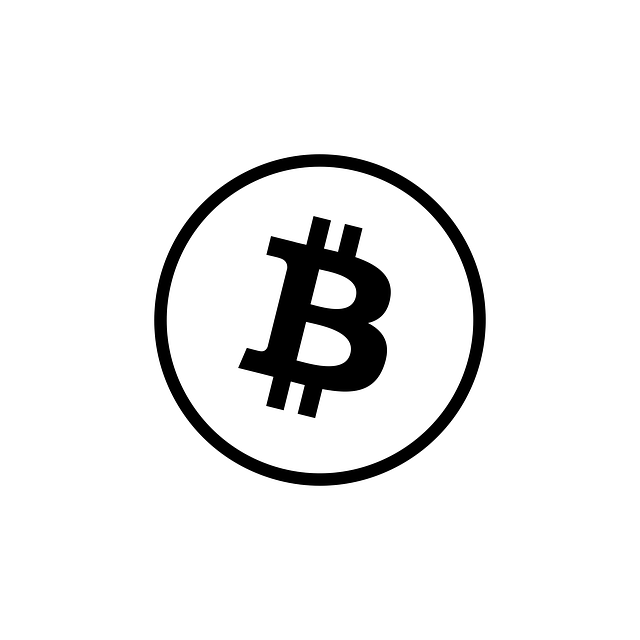ethereum
Ethereum: Unlocking the Potential of Blockchain Technology
Introduction
Ethereum, a groundbreaking blockchain platform, has emerged as a powerful force, transforming the way we interact with digital systems. This comprehensive article aims to delve into the intricacies of Ethereum, exploring its impact on global economies, technological innovations, and the future of digital transactions. With its unique capabilities, Ethereum is not just a cryptocurrency but a catalyst for decentralized applications and a new era of digital ownership.
Understanding Ethereum: A Decentralized World
Definition:
Ethereum is an open-source, decentralized blockchain platform featuring smart contract functionality. It was proposed in 2013 by Vitalik Buterin, with the aim of creating a distributed global platform that allows developers to build and deploy applications without the need for intermediaries.
Core Components:
- Blockchain: At its core, Ethereum operates on a blockchain technology similar to Bitcoin. It maintains a growing list of records called blocks, secured through cryptographic techniques. Each block contains a list of transactions, ensuring data integrity and transparency.
- Smart Contracts: One of the most significant innovations introduced by Ethereum is smart contracts. These are self-executing contracts with predefined rules encoded in code. Smart contracts enable automated and transparent execution of agreements without the need for intermediaries, reducing potential disputes.
- Ether (ETH): Ether is the native cryptocurrency of the Ethereum network, serving as a digital asset to facilitate transactions and provide economic incentives for network participants. It plays a crucial role in executing smart contracts and securing the network through mining.
Historical Context:
Ethereum was launched in 2015 after a successful crowdfunding campaign, known as an Initial Coin Offering (ICO). The platform has since evolved with several hard forks, updates, and improvements, most notably Ethereum 2.0, which aims to enhance scalability, security, and energy efficiency.
Significance:
Ethereum’s impact on the cryptocurrency space and beyond cannot be overstated. It introduced a new paradigm where developers could build decentralized applications (dApps) on a robust, global infrastructure. This concept has led to the creation of diverse projects, from decentralized finance (DeFi) platforms to non-fungible tokens (NFTs), all while ensuring data privacy and security.
Global Impact and Trends
Ethereum’s influence is felt worldwide, with adoption varying across regions:
| Region | Adoption Level | Key Applications |
|---|---|---|
| North America | High | DeFi platforms like Uniswap, NFT marketplaces such as OpenSea, and decentralized gaming are popular. |
| Europe | Moderate to High | European countries embrace Ethereum for its regulatory clarity, with the UK leading in blockchain-based identity solutions. |
| Asia Pacific | Diverse | China has shown interest in blockchain technology, while Japan is a hub for cryptocurrency exchanges, offering significant market exposure to Ethereum. |
| Middle East & Africa | Growing | The MEA region is witnessing an increase in blockchain startups, with governments exploring ways to integrate Ethereum-based solutions into their digital economies. |
| Latin America | Emerging | Brazil and Mexico are showing potential, with focus on DeFi and remittance services utilizing Ethereum’s capabilities. |
Trends Shaping Ethereum:
- Decentralized Finance (DeFi): The rapid growth of DeFi platforms on Ethereum has democratized access to financial services, offering lending, borrowing, and trading without traditional intermediaries.
- Non-Fungible Tokens (NFTs): The art and collectibles market has seen a surge in NFT adoption, allowing artists and creators to tokenize their work, providing new revenue streams.
- Enterprise Adoption: Major corporations are exploring Ethereum for its ability to streamline supply chain management, digital identity verification, and secure data storage.
- Regulatory Clarity: As governments worldwide gain a better understanding of blockchain technology, regulatory frameworks are being developed, offering legal clarity for businesses operating on Ethereum.
Economic Considerations: Powering Digital Economies
Market Dynamics:
Ethereum’s market capitalization has experienced significant growth since its inception. As of recent data, it ranks among the top cryptocurrencies by market cap, reflecting its popularity and investor confidence. The price volatility characteristic of cryptocurrencies is a factor that investors must consider.
Investment Patterns:
- Institutional Investors: Major financial institutions have shown interest in Ethereum, with some allocating significant capital to support its development and infrastructure.
- Retail Investors: Individual investors play a crucial role in the market, contributing to price movements through trading and holding ETH tokens.
- Mining Rewards: Ether mining, a process that secures the network, was historically a lucrative venture for early miners. Today, it remains an essential mechanism for maintaining the network’s security.
Ethereum’s Role in Economic Systems:
- Decentralized Exchange (DEX) Growth: Ethereum-based DEXs have gained popularity due to their user privacy and control over assets. This trend has implications for traditional financial markets and intermediaries.
- Tokenization of Assets: The tokenization of real-world assets on Ethereum allows for fractional ownership, increased liquidity, and enhanced security. This concept has potential applications in real estate, art, and securities.
- Smart Contract Adoption: Businesses are increasingly using smart contracts for streamlined processes, reducing costs and increasing efficiency across industries.
Technological Advancements: Pioneering Innovation
Ethereum’s technology continues to evolve with groundbreaking advancements:
- Ethereum 2.0 (Eth2): A major upgrade focusing on scalability, security, and energy efficiency. It introduces a proof-of-stake consensus mechanism, reducing energy consumption and enhancing network performance.
- Sharding: This technique divides the Ethereum blockchain into smaller segments (shards), allowing for parallel processing of transactions, significantly improving throughput.
- Zero-Knowledge Proofs (ZKPs): ZKPs enable secure data sharing without revealing underlying information. This technology has potential applications in privacy-preserving transactions and identity verification.
- Interoperability: Ethereum is exploring solutions to facilitate communication between different blockchains, enabling seamless asset transfers and data exchange.
- Scalable Smart Contracts: Researchers are developing more efficient smart contract languages and execution environments to address the scalability challenges of Ethereum’s virtual machine (EVM).
Policy and Regulation: Navigating Legal Waters
The regulatory landscape surrounding Ethereum is complex and evolving:
- Global Perspectives: Different countries have varying approaches to cryptocurrency regulation. Some, like Switzerland and Japan, have favorable regulations, attracting blockchain startups. Others have implemented stricter controls, impacting the industry’s growth.
- Anti-Money Laundering (AML) and Know Your Customer (KYC): Ethereum platforms are subject to AML/KYC regulations to prevent financial crimes. DApps must implement measures to verify user identities and monitor transactions for suspicious activity.
- Tax Implications: The tax treatment of cryptocurrencies, including Ether, varies across jurisdictions. Tax authorities are still defining rules for digital assets, creating uncertainty for investors and businesses.
- Central Bank Digital Currencies (CBDCs): Several central banks are exploring CBDCs, which could interact with Ethereum’s infrastructure. This development may shape the future of digital currencies and cross-border transactions.
Challenges and Criticisms: Overcoming Obstacles
Despite its success, Ethereum faces several challenges and criticisms:
- Scalability: The network’s ability to handle a large number of transactions has been a significant concern. High gas fees and slow transaction times have led to criticism, prompting the development of Layer 2 solutions and sharding.
- Energy Consumption: Proof-of-work (PoW) consensus mechanism contributes to high energy usage, prompting debates about sustainability. The transition to proof-of-stake is a step towards addressing this issue.
- Security Concerns: Despite its robust security measures, Ethereum has faced critical vulnerabilities in smart contracts and decentralized applications. Rigorous testing and audits are necessary to ensure user safety.
- Regulatory Uncertainty: The evolving regulatory environment can create challenges for developers and businesses operating on Ethereum, requiring constant adaptation to legal frameworks.
Proposed Solutions:
- Implement more efficient consensus mechanisms like sharding and Layer 2 scaling solutions to enhance transaction throughput and reduce fees.
- Continue research into energy-efficient consensus algorithms to minimize the environmental impact.
- Strengthen smart contract security through standardized security guidelines, testing, and audit processes.
- Collaborate with regulatory bodies to establish clear guidelines, ensuring industry compliance while fostering innovation.
Case Studies: Real-World Applications
1. Uniswap (DeFi)
Uniswap is a decentralized exchange built on Ethereum, allowing users to trade cryptocurrencies directly from their wallets without intermediaries. It gained popularity due to its user-friendly interface and low transaction fees. As of Q2 2022, Uniswap reported over $50 billion in total value locked (TVL), demonstrating the platform’s success in providing a secure and accessible DeFi experience.
Lessons Learned:
- Decentralized exchanges offer enhanced privacy and control to users, attracting a dedicated user base.
- Low transaction fees and efficient trading experiences are key factors for user adoption in DeFi platforms.
- Regulatory compliance is essential for long-term sustainability, as demonstrated by Uniswap’s partnership with regulatory bodies to ensure legal adherence.
2. OpenSea (NFTs)
OpenSea is a leading NFT marketplace that enables artists and creators to mint and sell digital assets. It has experienced explosive growth, handling millions of transactions since its launch. The platform’s success highlights the potential of NFTs in revolutionizing digital ownership and monetization.
Key Takeaways:
- NFTs have opened new revenue streams for creators, fostering a thriving art and collectibles market.
- OpenSea’s user-friendly interface and robust security measures contributed to its rapid adoption, attracting a diverse range of users from artists to collectors.
- The NFT space requires clear regulatory guidelines to prevent fraud and ensure consumer protection.
3. Chainlink (Oracle Network)
Chainlink is a decentralized oracle network that provides real-world data feeds to smart contracts on Ethereum. It addresses the challenge of integrating off-chain data into blockchain applications, enabling more advanced use cases.
Impact and Future Prospects:
- Chainlink’s oracle network allows for secure data access, facilitating a wide range of applications, from decentralized finance to gaming.
- The project’s success highlights the importance of trusted data feeds in blockchain technology, fostering innovation in various industries.
- As more use cases emerge, the need for scalable and secure oracles will grow, presenting opportunities for further development and integration.
Future Prospects: A Glimpse Ahead
Ethereum’s future looks promising with several growth areas and emerging trends:
- Web3 and Decentralized Web: Ethereum is at the forefront of the decentralized web movement, where users have greater control over their data and digital assets. This shift could revolutionize online interactions and create new business models.
- Metaverse and Virtual Reality: The metaverse concept, gaining traction in recent years, heavily relies on blockchain technology for ownership and interoperability. Ethereum’s infrastructure can support the creation of immersive virtual environments.
- Cross-Chain Interoperability: As the blockchain space expands, the ability to seamlessly transfer assets and data between different blockchains will be crucial. Ethereum is actively working on solutions to facilitate this interconnection.
- Enterprise Adoption and Use Cases: Ethereum’s unique features are attracting enterprises for various applications, including supply chain management, digital identity verification, and secure data storage.
- Regulatory Clarity and Collaboration: As governments worldwide recognize blockchain technology, regulatory frameworks will become more defined, providing legal certainty for businesses operating on Ethereum.
Conclusion: A Blockchain Revolution in Progress
Ethereum has emerged as a pivotal force, transforming the blockchain landscape and setting the stage for a decentralized future. Its ability to support complex smart contracts, facilitate global transactions, and empower developers with innovative tools has led to countless applications across industries. Despite challenges, Ethereum’s resilience and continuous evolution demonstrate its potential to shape the digital economy of tomorrow.
As we look ahead, Ethereum’s impact will only grow as it continues to drive adoption, foster innovation, and navigate regulatory environments, ultimately redefining how we interact with technology and each other in a rapidly changing world.
FAQ Section: Answering Common Questions
Q: What is Ethereum, and how does it differ from Bitcoin?
A: Ethereum is a blockchain platform that enables the development of decentralized applications (dApps) and smart contracts. Unlike Bitcoin, which primarily focuses on being a digital currency, Ethereum offers a comprehensive ecosystem for building and deploying blockchain-based solutions, including cryptocurrencies like Ether (ETH).
Q: How does Ethereum ensure transaction security?
A: Ethereum employs cryptographic techniques to secure transactions. Smart contracts are self-executing agreements with predefined rules, ensuring transparency and immutability. The network’s consensus mechanism, currently proof-of-work but transitioning to proof-of-stake, maintains the integrity of the blockchain by validating transactions through complex mathematical puzzles.
Q: What is the difference between Ethereum (the platform) and Ether (ETH)?
A: Ethereum is the decentralized blockchain platform that facilitates smart contract execution and dApp development. Ether (ETH) is the native cryptocurrency of this network, used to pay for transaction fees and computational resources required to execute smart contracts.
Q: How does Ethereum’s consensus mechanism impact its scalability?
A: Ethereum’s current consensus mechanism, proof-of-work, has limitations in terms of scalability due to high energy consumption and slow transaction times. The transition to proof-of-stake in Ethereum 2.0 aims to address these issues by allowing validators to stake ETH to secure the network, improving throughput and energy efficiency.
Q: Are there any risks associated with holding or trading Ether?
A: Like any cryptocurrency, holding or trading Ether carries certain risks, including market volatility, regulatory changes, and security threats. It’s essential to understand these risks, stay informed about market trends, and take necessary precautions, such as using secure wallets and enabling two-factor authentication.
